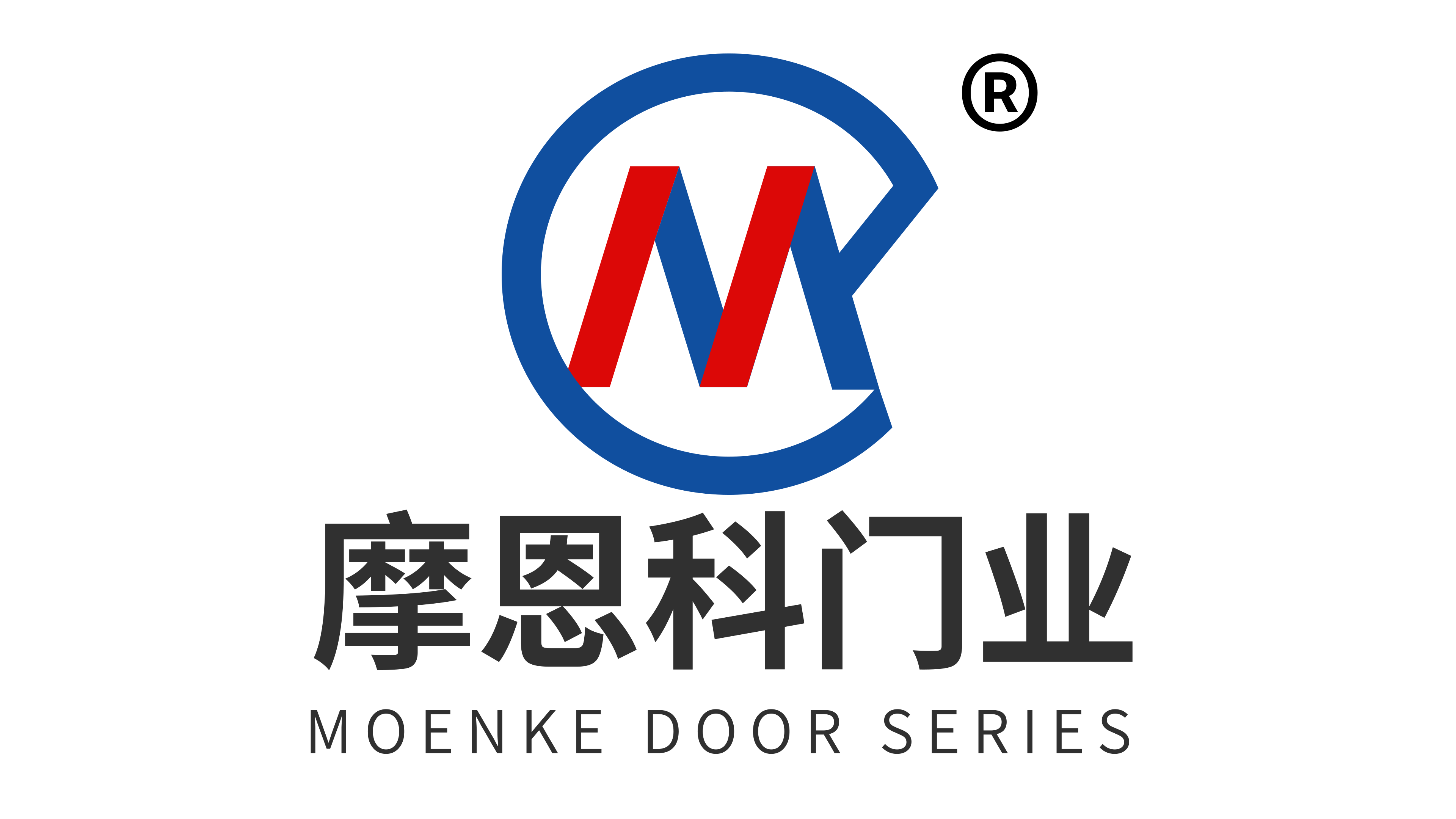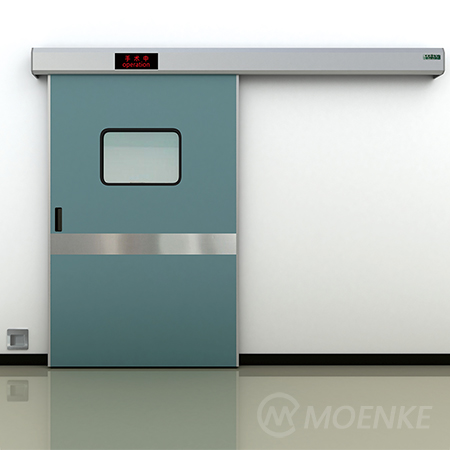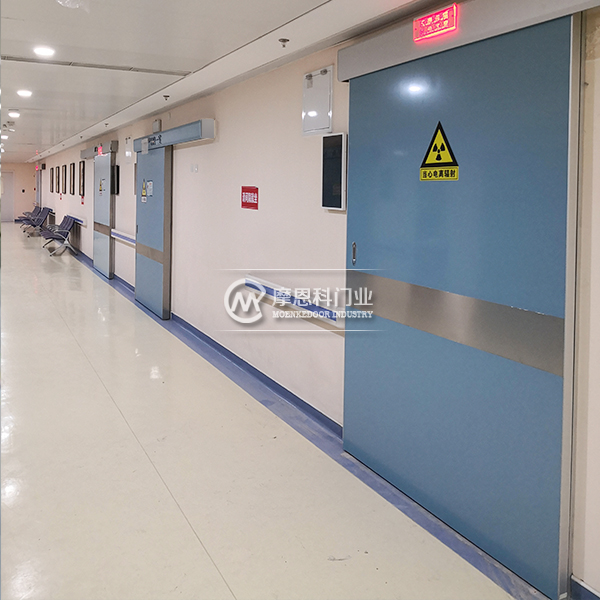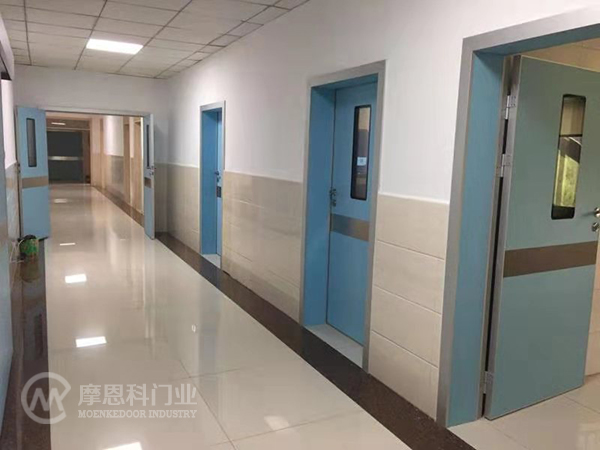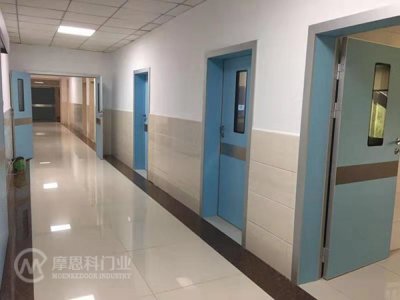Nowadays, medical doors play an important role in the medical field. They are not only the entrance to hospitals and clinics, but also a crucial step for patients to obtain medical services. In today's medical environment, medical doors are no longer just ordinary doors, they contain unlimited potential and opportunities.
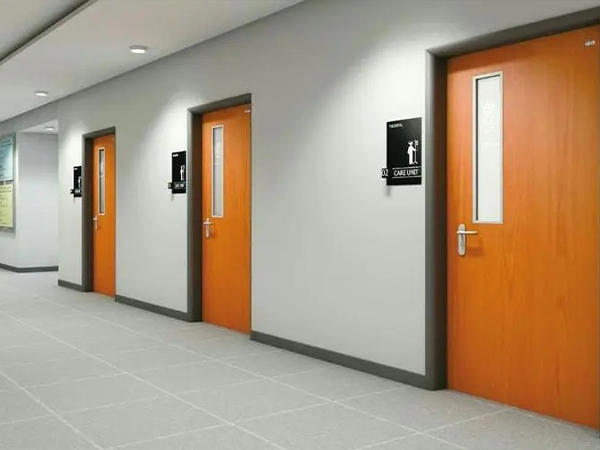
Firstly, the design of medical doors needs to balance safety and aesthetics. As a public place, safety is always the primary consideration for medical institutions. Medical doors should be made of high-quality materials and have functions such as fire prevention, smoke prevention, and collision prevention to ensure the safety of patients and medical staff. At the same time, the appearance design of medical doors cannot be ignored. Modern people have extremely high requirements for the environment and atmosphere. A medical door with a modern and technological feel can not only enhance the patient's medical experience, but also enhance the image of medical institutions.
Secondly, there is still great potential for the development of intelligent medical doors. With the rapid development of artificial intelligence technology, intelligent medical doors have become a reality. Intelligent medical doors can not only recognize faces and measure body temperature, but also connect with medical systems to provide more convenient medical services. For example, patients can automatically make appointments, check report forms, and pay fees through the intelligent medical door. This greatly saves time for patients and medical staff, and improves medical efficiency.
In addition, the sound insulation performance of medical doors also needs to be taken seriously. Medical institutions often face the problem of noise pollution, such as the impact of noise in operating rooms on both patients and medical staff. Therefore, medical doors should have good sound insulation effects, reduce noise transmission through sound insulation materials and structural design, and create a quiet and comfortable medical environment.
In addition to the above functions, medical doors can also be customized according to the needs of medical institutions. Different medical institutions have different characteristics and requirements, and the design of medical doors also needs to match them. For example, small clinics may require small and flexible medical doors, while large hospitals require higher levels of safety and intelligence.

In short, medical doors play an important role in the medical field. They are not just a door, but also the beginning of medical services. The design of medical doors needs to focus on safety, aesthetics, intelligence, and sound insulation performance, while also needing to be customized according to the needs of medical institutions. Medical doors are constantly innovating and developing to provide better support and guarantee for modern medical technology.
